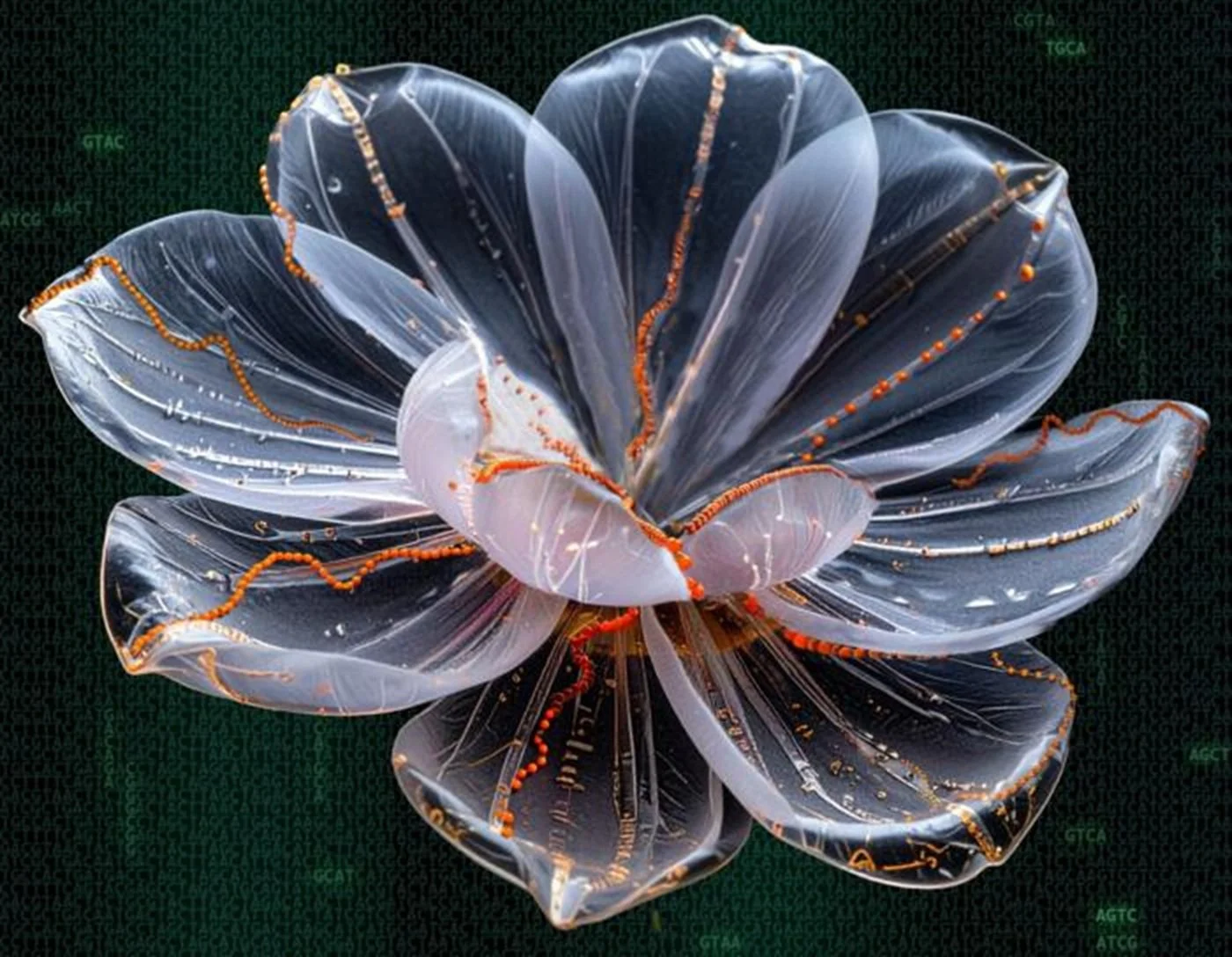In the United States alone, there are currently 6 million people suffering from Alzheimer's disease. It is projected that this number will increase to 13 million by the year 2050. It is therefore pressing that we find an effective treatment for this awful condition rather sooner than later.
Scientists from the University of Florida may have gotten us a step closer. They have identified a tiny translucent worm known as 'Caenorhabditis elegans' that might help identify gut bacteria thought to play a role in the development of neurodegenerative diseases like Alzheimer's, Parkinson's, and ALS.
Worms colonized by pathogenic bacteria (P. aeruginosa), thought to be play a role in aggregates of manifolded proteins linked to neurodegenerative diseases like Alsheimer’s disease. (Image Credit: University of Florida)
There is a growing body of research that suggests that gut bacteria play a role in the development of neurodegenerative diseases. Unfortunately, it has proven to be extremely difficult to pinpoint which bacteria are responsible given the enormous amounts of different varieties in our bodies.
As previously stated, researchers at the University of Florida have discovered a tiny worm known as 'Caenorhabditis elegans' that might help identify these bacteria.
It all started years ago with researcher Daniel Czyz studying tiny worms, which served as a sort of model for our digestive system. Later in his career, he studied bacterial antibiotic resistance and came to the idea to combine the two subjects.
According to Czyz, each 'Caenorhabditis elegans' worm consists of exactly 959 cells and is only one millimeter long. However, they show a lot of similarities to humans as they have muscles, intestines, and nerves just like us. The interesting thing is that each organ consists of just a few cells instead of billions, making them particularly excellent for controlled experiments.
One additional benefit of these little critters is that they are transparent, meaning that various fluorescent proteins are visible, enabling scientists to monitor real-time effects.
All neurodegenerative diseases can be traced to difficulties with the way proteins are managed in the body. If proteins are misfolded, they build up and are stored in tissues. These protein aggregates, as scientists call them, conflict with cell operation and result in neurodegenerative disorders.
An artist impression of aggregates of misfolded proteins forming between neurons - Image Credit: nobeastsofierce via Shutterstock / HDR tune by Universal-Sci
As these microscopic worms already eat bacteria by themselves, it was relatively easy for the researchers to do tests with bacteria that live in our gut. The aim was to see whether some of these bacteria cause more protein accumulation than others.
It turns out that there are, in fact, specific bacteria that cause these types of accumulations. The scientists then aimed to determine whether this applied only to the gut or also to other regions like muscle and neurons. To their surprise, the researchers found that this was indeed the case.
What is also really interesting is that offspring was also affected by these bacteria showing the same protein accumulation and folding problems without coming into contact with these bacteria themselves. As it happens, the research team also found beneficial bacteria that counteracted the adverse effects from the harmful bacteria.
Going forward, scientists can start looking at people that suffer from neurodegenerative diseases and see whether they have less of these beneficial bacteria or that they perhaps suffer more from the negative impact from the harmful bacteria.
Perhaps it will be possible in the future to alert people with a specific genetic makeup that they are particularly susceptible to a specific type of harmful bacteria. It might be feasible to alter treatments with susceptibility taken into account.
All things considered, we may have gotten yet another step closer to eventually defeating these horrible diseases.
Further reading:
If you enjoy our selection of content, consider subscribing to our newsletter
FEATURED ARTICLES:











